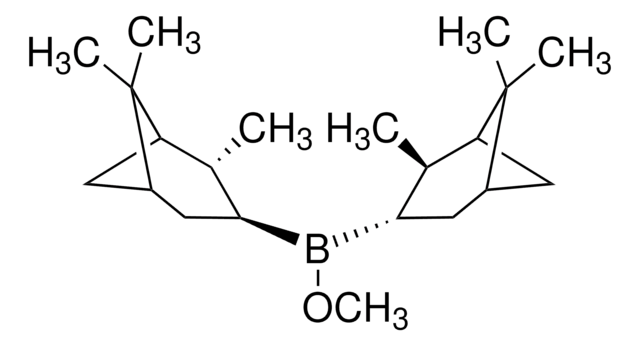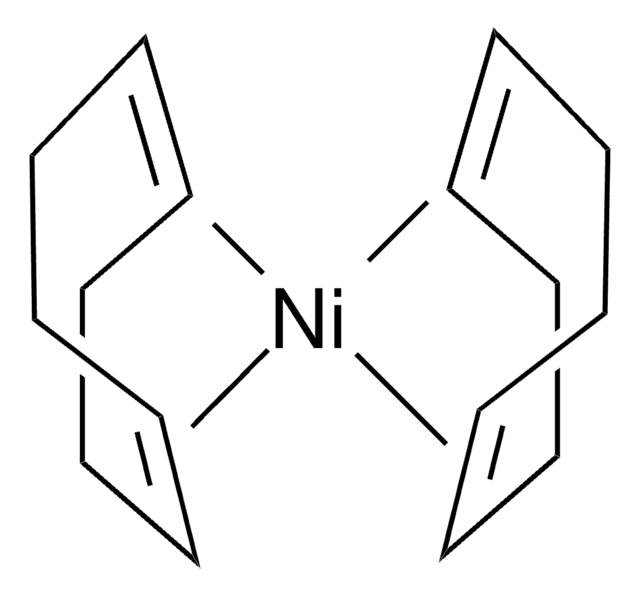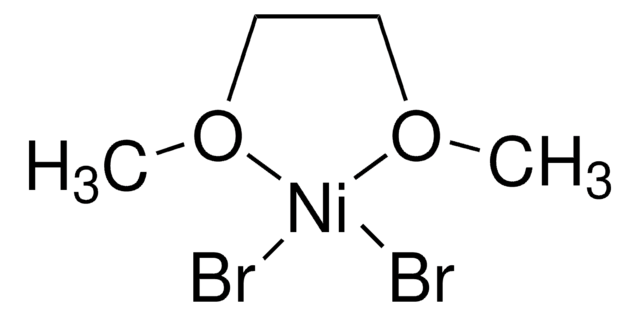339350
Nickel(II) chloride
98%
Synonym(s):
Nickel dichloride, Nickel(2+) chloride, Nickelous chloride
About This Item
Recommended Products
Assay
98%
form
powder
reaction suitability
reagent type: catalyst
core: nickel
density
3.55 g/mL at 25 °C (lit.)
application(s)
battery manufacturing
SMILES string
Cl[Ni]Cl
InChI
1S/2ClH.Ni/h2*1H;/q;;+2/p-2
InChI key
QMMRZOWCJAIUJA-UHFFFAOYSA-L
Looking for similar products? Visit Product Comparison Guide
General description
Application
Features and Benefits
Signal Word
Danger
Hazard Statements
Precautionary Statements
Hazard Classifications
Acute Tox. 3 Inhalation - Acute Tox. 3 Oral - Aquatic Acute 1 - Aquatic Chronic 1 - Carc. 1A Inhalation - Muta. 2 - Repr. 1B - Resp. Sens. 1 - Skin Irrit. 2 - Skin Sens. 1 - STOT RE 1 Inhalation
Target Organs
Lungs
Storage Class Code
6.1D - Non-combustible acute toxic Cat.3 / toxic hazardous materials or hazardous materials causing chronic effects
WGK
WGK 3
Flash Point(F)
Not applicable
Flash Point(C)
Not applicable
Personal Protective Equipment
Certificates of Analysis (COA)
Search for Certificates of Analysis (COA) by entering the products Lot/Batch Number. Lot and Batch Numbers can be found on a product’s label following the words ‘Lot’ or ‘Batch’.
Already Own This Product?
Find documentation for the products that you have recently purchased in the Document Library.
Customers Also Viewed
Articles
Lithium-Ion Battery Performance: Dependence on Material Synthesis and Post‑Treatment Methods
Our team of scientists has experience in all areas of research including Life Science, Material Science, Chemical Synthesis, Chromatography, Analytical and many others.
Contact Technical Service














